-
Tying the Douglas Salmon Camp Swinger
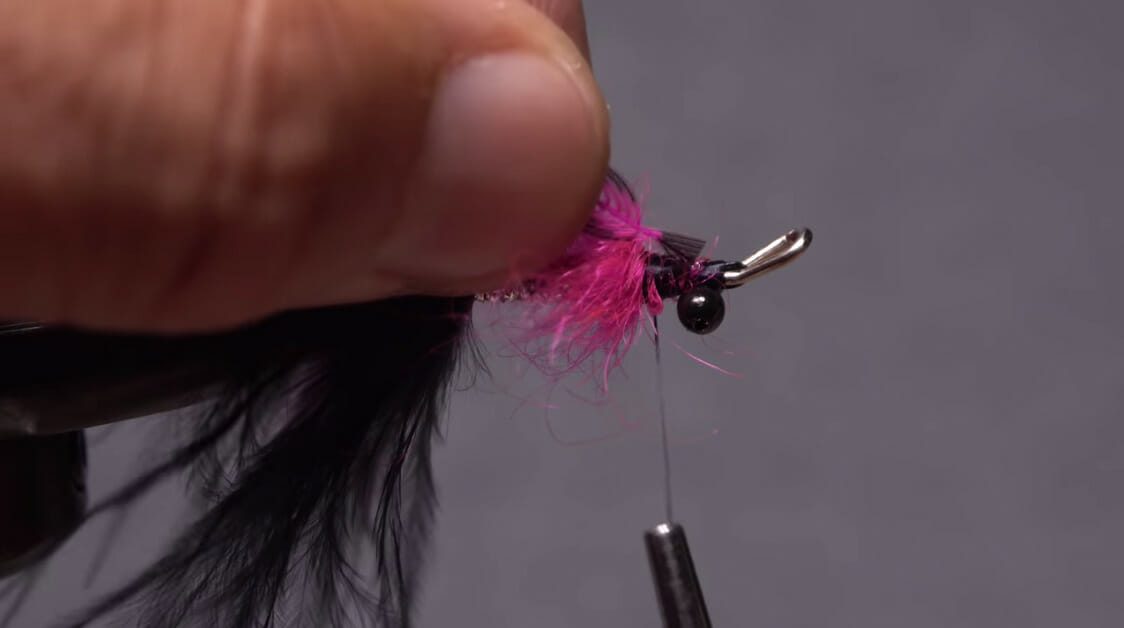
Articulated streamers are quickly becoming some of my favorite patterns to tie at the vise. They are deadly for big trout, bass, pike and even salmon and steelhead, and, contrary to my original impression, they're actually pretty easy to craft. Below, Tim Flagler ties an articulated streamer designed for the lake-run salmon, steelhead and brown…
-
Tying the Black and Tan jig
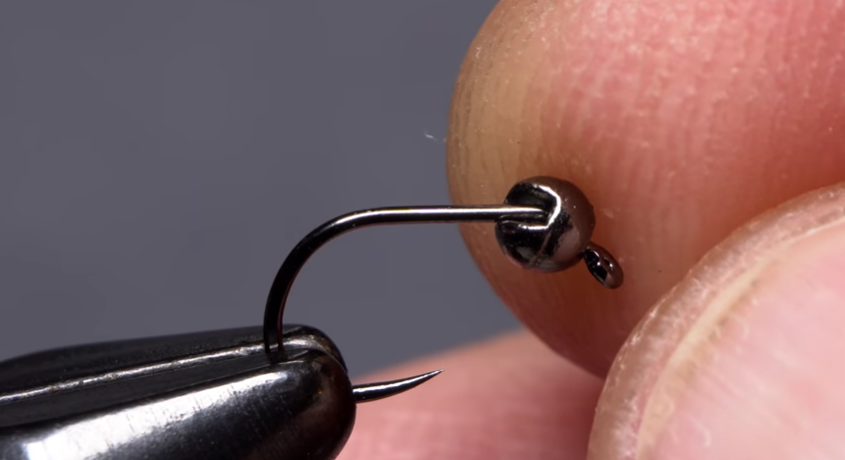
Fall across North America generally means low and clear water, particularly on freestone trout streams where flows aren't manipulated by upstream dams. And that means wary trout in skinny conditions. Chasing fall trout during low water can be a lot of fun for sight-fishing, but fish are also on high alert for predators and, in…
-
Tying the Franke Shiner baitfish imitation for migrating browns
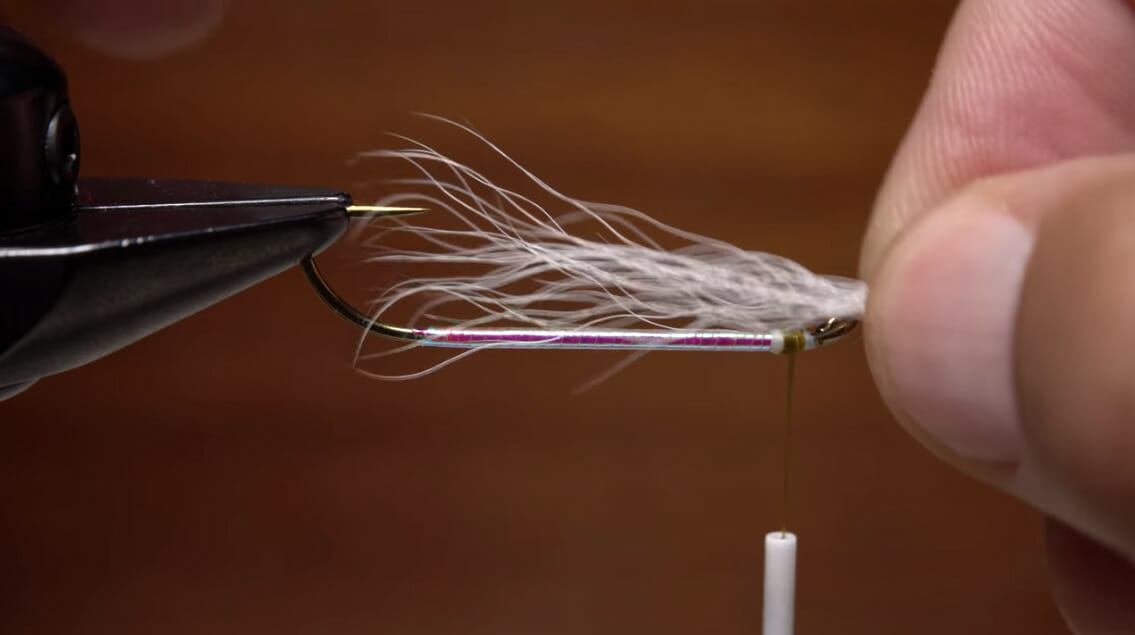
Baitfish imitations work great in the fall, particularly where migrating brown trout are found. As these fish move out of lakes or upstream from big water to spawning habitat, they just get more and more aggressive. Giving them something substantial to chase — and something that looks like a dependable source of food, too —…
-
Tying the Travis Para-Ant for later-summer trout
The first couple weeks of September are usually pretty great dry-fly weeks as things cool off a bit and trout look up for big bites of protein
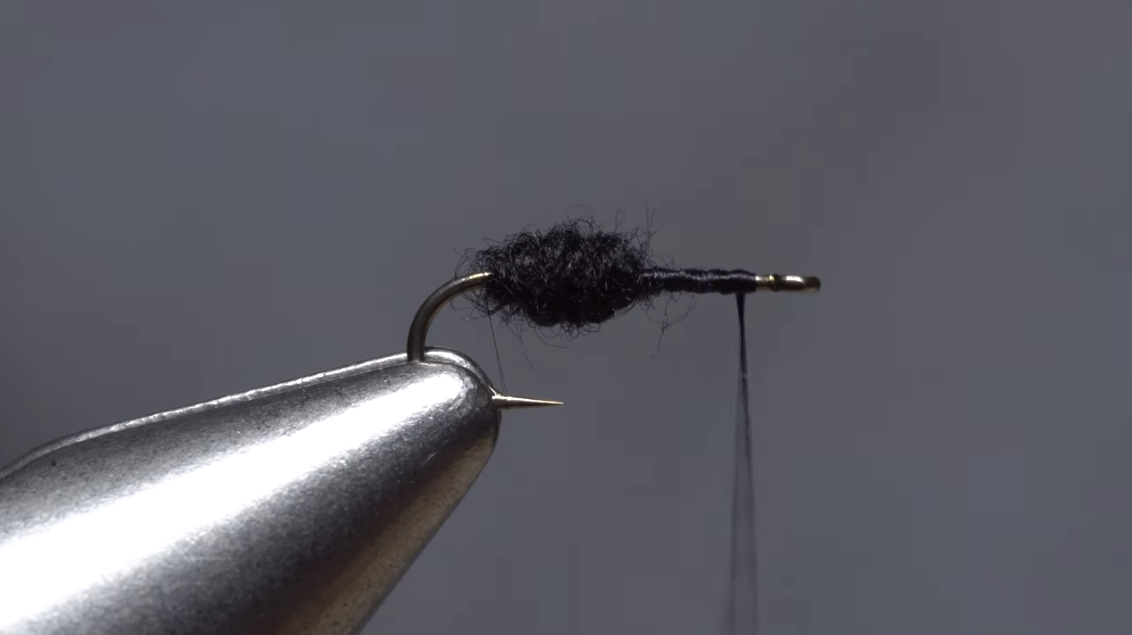
Parts of the West got a taste of things to come this week — Colorado and Wyoming got some snow, and here in Idaho, a brutally cold wind chased summer away for a bit, littered the streets with broken branches and left thousands without power. But summer's not over just yet, and that means terrestrial…
-
Use dubbing to make a solid base
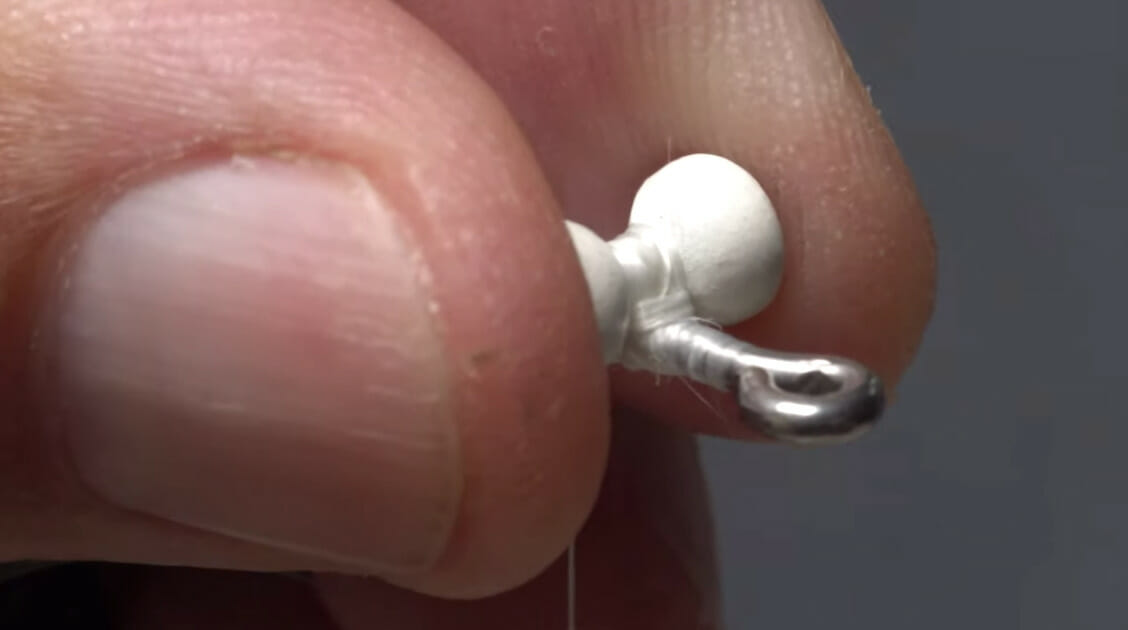
Certain materials, when tied to a hook shank, just don't take well to being secured with thread. The lack of friction between the material and the metal of the shank makes it very easy for some tying materials to spin, even after multiple wraps and efforts to tightly bound them to the shank. https://www.youtube.com/watch?v=2hV1KNILIhM Above,…
-
How to use shanks for articulated flies
There are a few choices when it comes to choosing which shank to use for the flies you're tying, but, generally speaking, the idea is the same: shanks let you make longer fly bodies and then hang a "stinger" hook off the rear of the fly
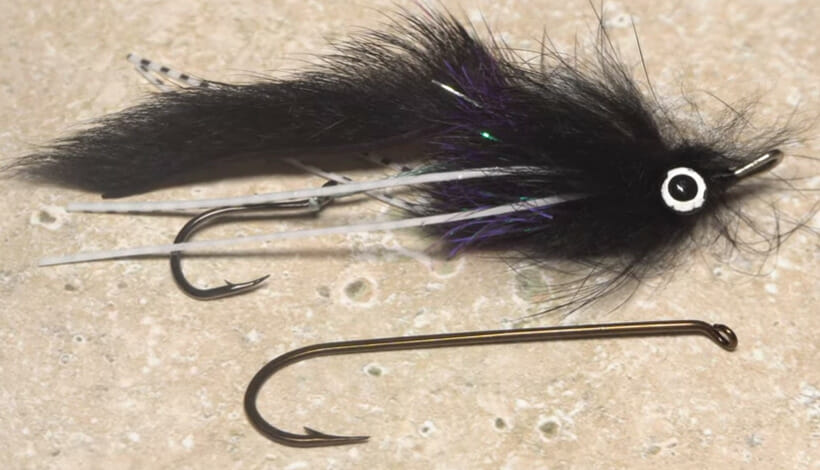
And which ones to use, depending on the patterns you're tying I started using shanks for tying articulated flies a couple of years ago, and last year, in Argentina, I enjoyed some great streamer days for big trout using the fruits of my labor. There are a few choices when it comes to choosing which…
-
Building a better ‘Bugger
Tim Flagler ties up his version of a 'better 'bugger' using weighted wire and a tougher construction
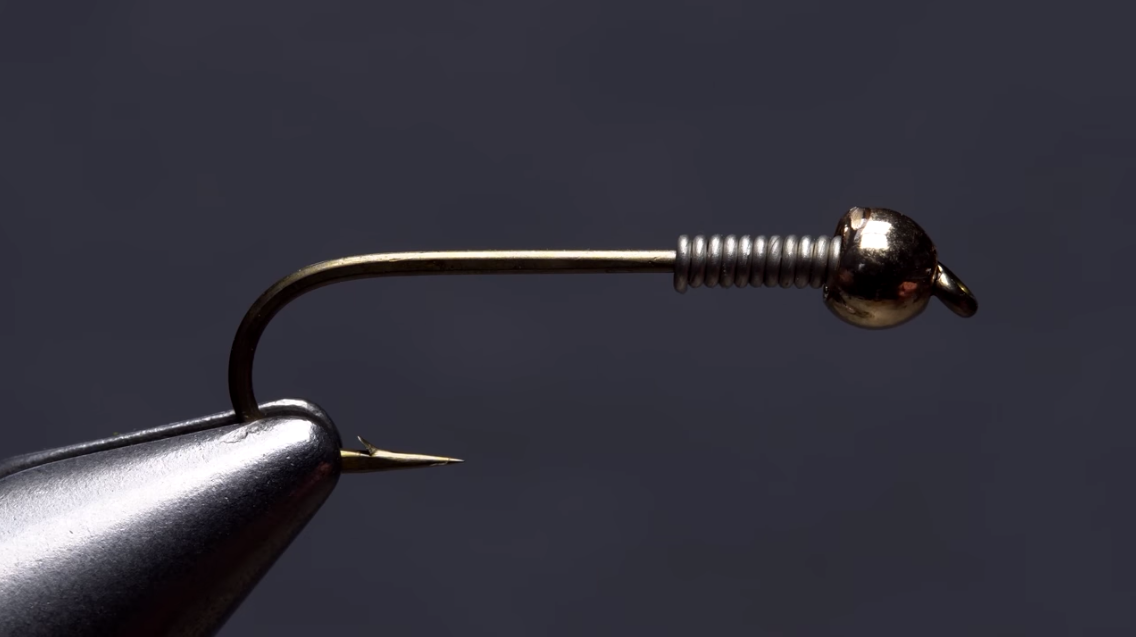
The Woolly Bugger might be the most-tied fly on the planet — for many of us, it was the first fly we ever tied. There's a reason for that, of course. It's among the easiest patterns to master, and, no matter how many times some creative vise-wizard comes up with the next great streamer pattern,…
Tag

